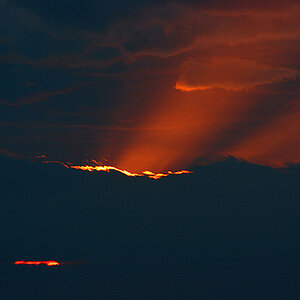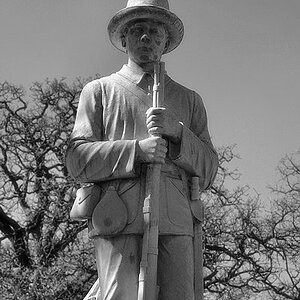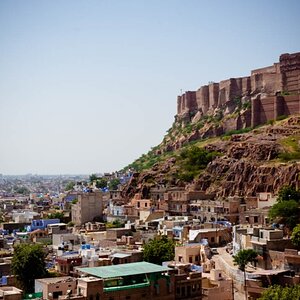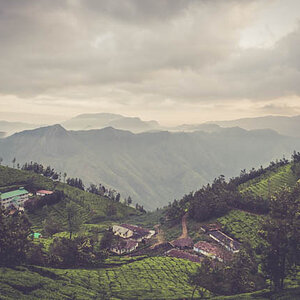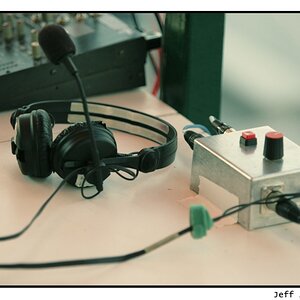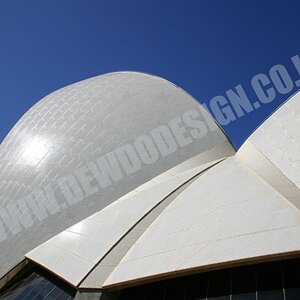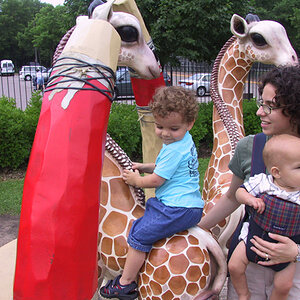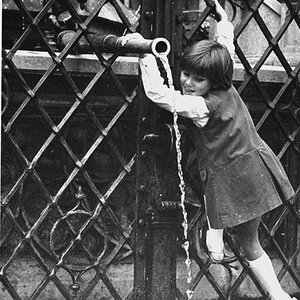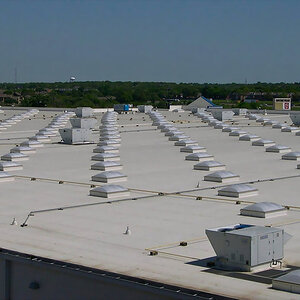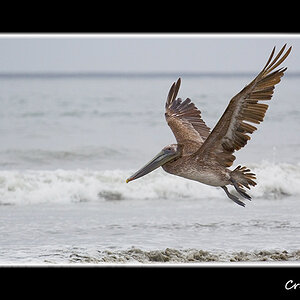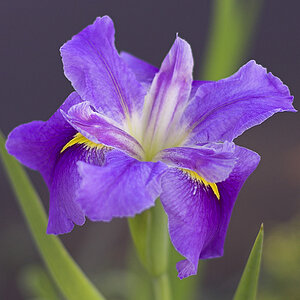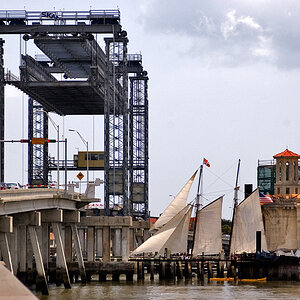STLgirl
TPF Noob!
- Joined
- Apr 4, 2017
- Messages
- 2
- Reaction score
- 0
- Location
- St. Louis, MO
- Can others edit my Photos
- Photos OK to edit
[Please forgive me if this is not posted in the right topic, I was unsure where this fit.]
Hi! I would really appreciate some guidance. One of my best friends of 25 years has asked me to take photographs on his wedding day, April 21st this month. I am an amateur still learning my way around my equipment. The wedding will be at the courthouse, and we will proceed to a nearby park for some family shots, and afterwards we will be off to a casual restaurant for a dinner. The next day they're having a reception/barbecue at a park pavilion with 100+ people. So, as you can see it's not a traditional church wedding, and I believe it will be very laid-back. However, the more I think about the day, the more pressure I feel to get it right... although he fully understands that I am not a professional and still learning. (I will not be paid, but I am excited to do this.)
For the group family portraits there will be no more than 6 adults, and 3 pre-teens/children (9 total).
I've been trying to figure out which lenses I own will work for which situations… and if I need to purchase another lens. I saved a couple checklists of the types of photos I should try and capture. I certainly can't run out and spend $1500+ on a new lens right now, so any additions would need to be budget friendly.
The camera and lenses I own are:
Canon Rebel T6i
Kit Lenses:
EF-S 18-55mm f/3.5-5.6 IS STM
EF-S 55-250mm f/4-5.6 IS STM
Canon EF 50mm f/1.8 STM Lens (nifty 50)
Canon EF 85mm f/1.8 USM
Canon EF-S 24mm f/2.8 STM (pancake)
Canon EF 100mm f/2.8L IS USM (macro)
Canon EF-S 10-18mm f/4.5-5.6 IS STM
I have 2 flashes, 2 reflectors & a stand:
Canon Speedlite 430EX II
Neewer TT560 Flash
Westcott 9910 Stand
Neewer 43-inch / 5-in-1 Collapsible Light Reflector
Westcott Omega Reflector Kit
Can you provide guidance on which lenses I should use for which situations? Do I bring everything? Should I buy an additional lens for a group shots?
I welcome any other feedback as well. (As I mentioned he doesn't expect me to yield professional results, as I am not a professional. Just a friend doing a friend a favor! If I were not volunteering, he would have no photographer that day.)
Thank you very much in advance for your help!!
Hi! I would really appreciate some guidance. One of my best friends of 25 years has asked me to take photographs on his wedding day, April 21st this month. I am an amateur still learning my way around my equipment. The wedding will be at the courthouse, and we will proceed to a nearby park for some family shots, and afterwards we will be off to a casual restaurant for a dinner. The next day they're having a reception/barbecue at a park pavilion with 100+ people. So, as you can see it's not a traditional church wedding, and I believe it will be very laid-back. However, the more I think about the day, the more pressure I feel to get it right... although he fully understands that I am not a professional and still learning. (I will not be paid, but I am excited to do this.)
For the group family portraits there will be no more than 6 adults, and 3 pre-teens/children (9 total).
I've been trying to figure out which lenses I own will work for which situations… and if I need to purchase another lens. I saved a couple checklists of the types of photos I should try and capture. I certainly can't run out and spend $1500+ on a new lens right now, so any additions would need to be budget friendly.
The camera and lenses I own are:
Canon Rebel T6i
Kit Lenses:
EF-S 18-55mm f/3.5-5.6 IS STM
EF-S 55-250mm f/4-5.6 IS STM
Canon EF 50mm f/1.8 STM Lens (nifty 50)
Canon EF 85mm f/1.8 USM
Canon EF-S 24mm f/2.8 STM (pancake)
Canon EF 100mm f/2.8L IS USM (macro)
Canon EF-S 10-18mm f/4.5-5.6 IS STM
I have 2 flashes, 2 reflectors & a stand:
Canon Speedlite 430EX II
Neewer TT560 Flash
Westcott 9910 Stand
Neewer 43-inch / 5-in-1 Collapsible Light Reflector
Westcott Omega Reflector Kit
Can you provide guidance on which lenses I should use for which situations? Do I bring everything? Should I buy an additional lens for a group shots?
I welcome any other feedback as well. (As I mentioned he doesn't expect me to yield professional results, as I am not a professional. Just a friend doing a friend a favor! If I were not volunteering, he would have no photographer that day.)
Thank you very much in advance for your help!!
Last edited:


